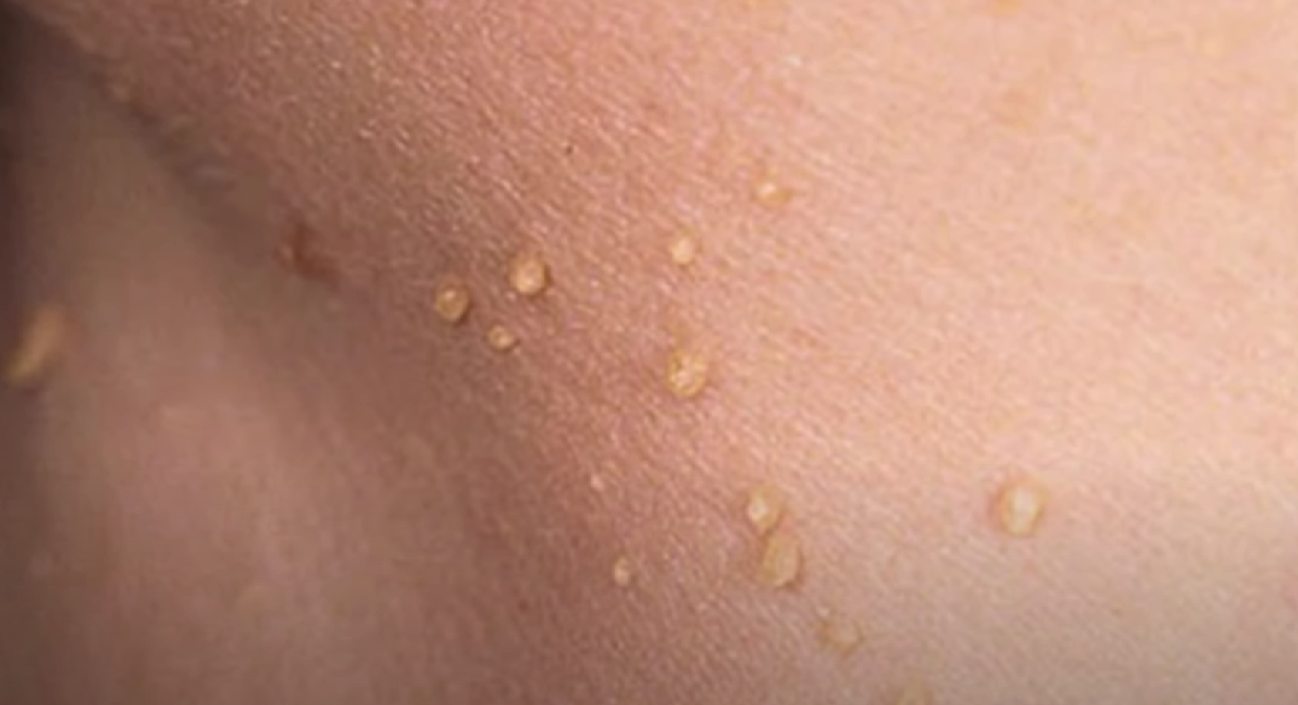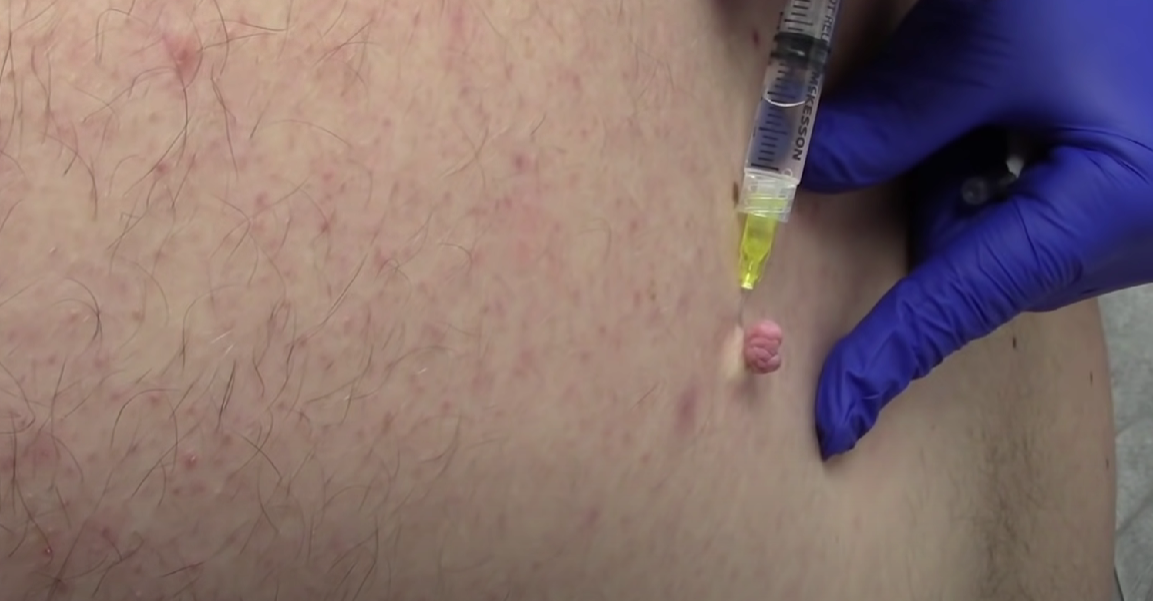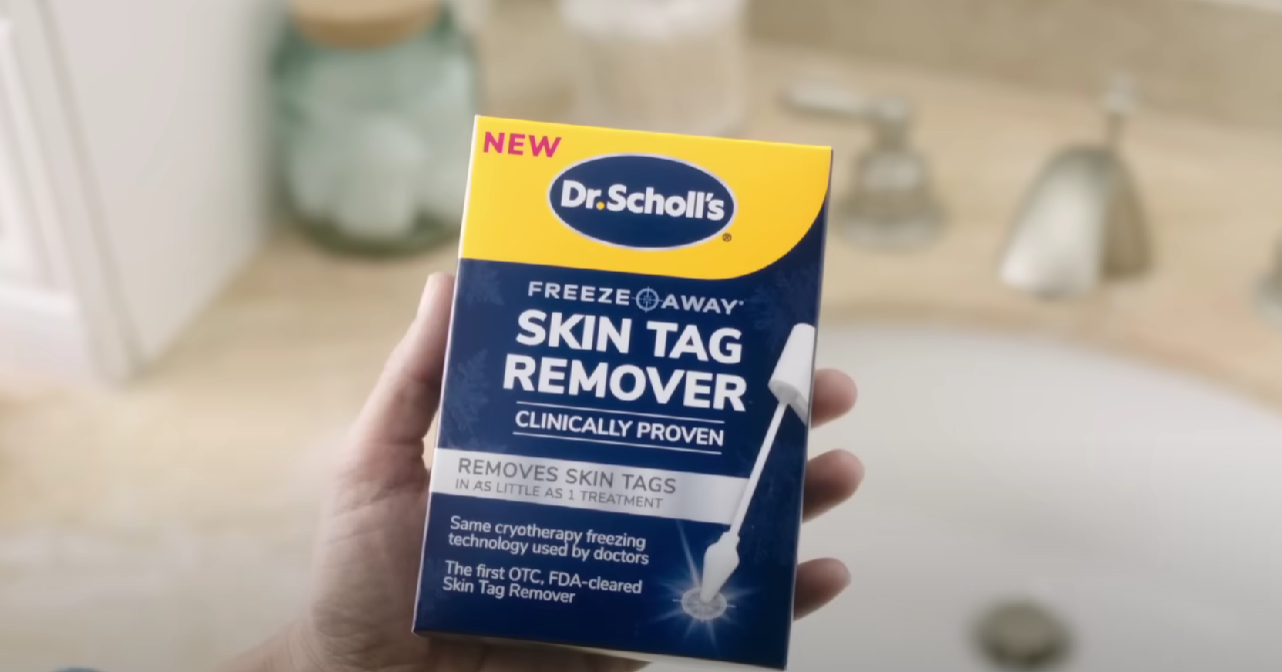In a world where health insurance doesn’t always cover every healthcare need, it’s crucial to understand the financial aspects of procedures like skin tag removal. This guide aims to shed light on the costs associated with skin tag removal when you’re not covered by insurance.
We’ll explore the basics of skin tag removal, factors influencing costs, insurance coverage, financing options, long-term effects, personal considerations, DIY approaches, and assistance for those without insurance.
The Basics of Skin Tag Removal
Skin tags (also called “acrochordons”) are benign growths that can appear on various parts of the body. They usually appear as small, soft, and flesh-colored or darker spots.
Skin tags often occur in parts of the body where skin rubs against itself or clothing, like the armpits, groin, neck, and eyelids. They may not pose a health risk but can be bothersome due to their appearance or location.
Whether it’s discomfort caused by friction, aesthetic concerns, or the desire for smoother skin, many people opt to have skin tags removed.

Difference Between Cosmetic and Medically Necessary Procedures
It’s crucial to understand that skin tag removal can be classified into two categories: cosmetic and medically necessary. Cosmetic removal is typically sought for aesthetic reasons, and health insurance does not cover these procedures.
On the other hand, medically necessary removal may be covered if the skin tag causes irritation, bleeding, or poses a potential health risk.
Long-Term Effects of Skin Tag Removal
Once a skin tag is successfully removed, it typically does not grow back in the same location. This aspect offers a sense of permanence to the removal process.
While removed skin tags don’t reappear in the same spot, it’s important to note that some individuals may be prone to developing new skin tags over time. We will explore the conditions that may contribute to the formation of new skin tags.
Methods of Skin Tag Removal Performed by Dermatologists
Dermatologists are medical professionals trained to diagnose and treat various skin conditions, including the removal of skin tags. They employ several methods to remove skin tags, including:

Cauterization
This method involves burning the skin tag off using a heated wire or needle, and this usually costs $90 – $100. Another type of this is Electrocautery wherein it burns off the skin tag using an electric probe, and this method typically costs around $150 – $600.
Cryotherapy
Liquid nitrogen is used to freeze and remove the skin tag. This process costs about $60 – $200 on average.
Excision
The skin tag is surgically cut off using surgical scissors. This method usually costs an average of $150 – $300.
Ligation
Using surgical thread, the blood flow of the skin tag is cut until it dies. This method costs at least $100.
Factors Affecting the Costs of Skin Tag Removal
Understanding the costs associated with skin tag removal is crucial for anyone considering the procedure. Without insurance coverage, the financial burden can be substantial. On average, professional removal costs about $150 per skin tag, but prices can range from $100 to $200.

The cost of removing skin tags can vary significantly based on several factors, including:
Number of skin tags removed
The more skin tags you have, the higher the overall cost.
Geographic location and regional price variations
Prices can vary from one region to another.
Additional fees
Besides the cost of the removal procedure itself, there may be other charges. Additional fees may include charges for a doctor’s office visit, pathology examination, anesthesia, and facility fees if performed in a hospital or surgical center.
Personal Considerations
Deciding whether to undergo skin tag removal is a personal choice. Consider factors such as your level of discomfort, self-esteem, and overall well-being. If skin tags are causing significant discomfort or negatively impacting your confidence, removal may be a worthwhile investment.
It’s crucial to acknowledge that the decision to remove skin tags, especially for cosmetic reasons, varies from person to person. Your financial circumstances and personal preferences will play a significant role in this decision-making process.
Weigh the costs against the benefits and make a choice that aligns with your priorities.

Sample Cost breakdowns from different locations
To provide you with a clearer picture, we’ve gathered sample cost breakdowns from different locations:
Columbus, Ohio
A patient may be charged $156 for the cosmetic removal of up to 15 skin tags, with an additional $53 for each batch of 10 tags.
New Orleans
In this location, the removal of up to 15 tags costs $603.
Columbus (Healthcare Bluebook’s “fair price”)
The fair price for removing an unspecified number of skin tags is $208.
Over-the-counter (OTC) and At-Home Remedies for Skin Tag Removal
When dealing with skin tags, which are typically harmless but can be bothersome, you have the option to remove them using over-the-counter (OTC) products or home remedies which can be convenient and cost-effective, since it only costs up to $30.

These methods aim to dry out the skin tag until it naturally shrinks and falls off. However, it’s important to be aware that OTC and at-home treatments may take longer to show results and carry a risk of infection and bleeding.
OTC Treatments for Skin Tag Removal
TagBand
This OTC product features a pen-like applicator that places a transparent rubber band around the base of the skin tag, reducing its blood supply. The average cost is around $29.
Compound W
It’s a liquid applied to the skin tag to freeze it off. The average cost is approximately $23.
Ulensy
Ulensy offers a complete kit with an applicator to place a rubber band around the skin tag, cutting off its blood supply. The average cost is about $23.
Samsali
Samsali provides medicated bandage pads designed to be applied directly to the skin tag. The average cost is around $23.
ProVent
This liquid is made from plant extracts and essential oils, directly applied to the skin tag. It’s a more affordable option, with an average cost of $8.
At-Home Remedies for Skin Tag Removal
Tea Tree Oil
Known for its antiviral and antifungal properties, tea tree oil can be applied to a cotton swab and placed over the skin tag, secured with a bandage nightly.

Banana Peel
Banana peel, rich in antioxidants and skin-hydrating properties, can be placed on the skin tag and covered with a bandage nightly.
Apple Cider Vinegar
The acidity of apple cider vinegar helps break down the tissue around the skin tag. Soak a cotton swab in apple cider vinegar, place it over the skin tag, secure it with a bandage, and leave it for 15-30 minutes before washing the area.
Vitamin E
Vitamin E, an antioxidant, can be massaged over the skin tag and the surrounding skin until the tag falls off.
Garlic
Garlic, with anti-inflammatory properties, can be applied by crushing it and placing it over the skin tag, covering the area overnight, and washing it off in the morning.

These at-home remedies offer cost-effective alternatives to professional skin tag removal procedures. While this is possible, it comes with certain risks, including infection, scarring, and improper removal.
It’s crucial to proceed with caution, ensuring proper hygiene to prevent infection and monitoring the skin tag’s progress while considering individual preferences and comfort levels. It’s essential to weigh these risks against the potential cost savings.
If you decide to proceed with DIY removal, follow best practices to minimize risks:
- Ensure any tools used are clean and sterilized.
- Clean the area before and after removal.
- If the process becomes painful or the skin tag bleeds excessively, stop immediately and seek medical attention.
While at-home removal methods can be effective, we will underscore the importance of consulting a dermatologist, especially if you have concerns about the safety or location of the skin tags.
Insurance Coverage for Skin Tag Removal
It’s important to understand that health insurance typically does not cover skin tag removal when it’s considered a cosmetic procedure. If you’re seeking removal solely for cosmetic reasons, you’ll likely need to pay the full cost out of pocket.

However, insurance may come into play if there are medical reasons for removal. To potentially have insurance cover skin tag removal, you may need documentation showing that the skin tags are causing regular irritation, bleeding, or other health-related issues.
If a dermatologist suspects a problem or a potential risk of skin cancer, they may perform a biopsy or pathology examination. If the medical record demonstrates that the procedure was medically necessary, your insurance company is more likely to cover the removal cost.
Medicare and Medicaid generally do not cover skin tag removal unless there is a clear medical necessity. Both programs specify that removal for cosmetic reasons or due to factors like emotional distress or anatomical location alone is not eligible for coverage.
However, they may cover the procedure when it’s deemed medically appropriate, and documentation supports this medical necessity.
Financing Options
If you’re concerned about the cost of skin tag removal, there are several financing options to consider. While financing can make skin tag removal more affordable, it’s essential to carefully consider the terms and conditions of each option.
Evaluate interest rates, repayment terms, and any potential fees associated with the financing method you choose. Being well-informed will help you make the best financial decision. These options can help make the procedure more affordable, even if you don’t have health insurance.

Some of the financing options you can explore include:
Payment plans
Dermatology practices may offer payment plans to spread the cost over time.
CareCredit
A specialized credit card designed for medical expenses, often offering low or no-interest financing for a set period.
Personal loans
You can obtain a personal loan from a bank or online lender to cover the cost of skin tag removal.
Buy-now-pay-later (BNPL) loans
These short-term healthcare loans provide flexible payment terms and may be suitable if you have a limited or poor credit history.
Assistance for Uninsured Individuals
Uninsured individuals facing financial constraints have several avenues to explore when seeking assistance with skin tag removal costs. If you are uninsured and concerned about the cost of skin tag removal, there are avenues to explore:

- Some local health departments offer low-cost or free medical services, including skin tag removal, to individuals in need.
- Some charities and non-profit organizations may provide financial assistance or resources for healthcare procedures.
- In some cases, healthcare providers may be willing to negotiate the cost of the procedure, particularly if you can demonstrate financial hardship.
Health-sharing programs, which are alternatives to traditional health insurance, have gained popularity in recent years. Health-sharing programs, like those offered by religious or community-based organizations, can be an alternative to traditional health insurance.
Members of these programs pool their resources to cover medical expenses. While they may not cover elective procedures like cosmetic skin tag removal, they may help with medically necessary removals.
Conclusion
Understanding the cost of skin tag removal without insurance involves considering factors like the number of tags, location, and additional fees. The long-term effects of removal are generally positive, but new skin tags may develop.
Ultimately, the decision to remove skin tags should align with personal preferences and financial circumstances. DIY skin tag removal [1] is an option but should be done with caution, and consulting a dermatologist is advisable.

